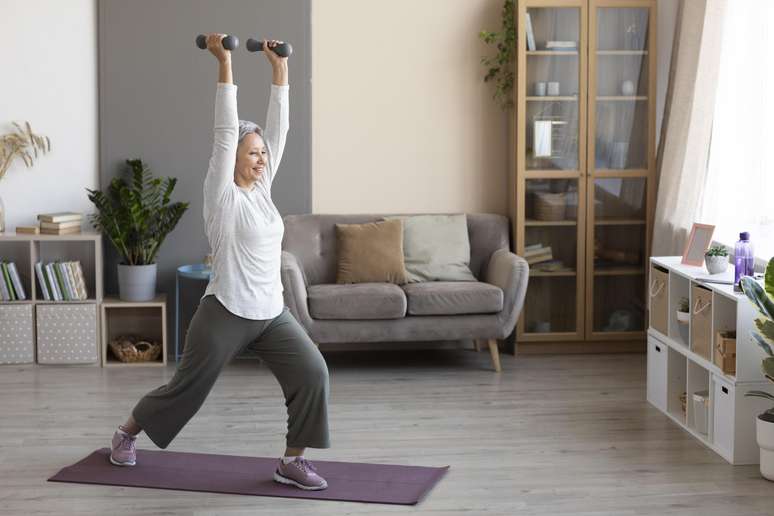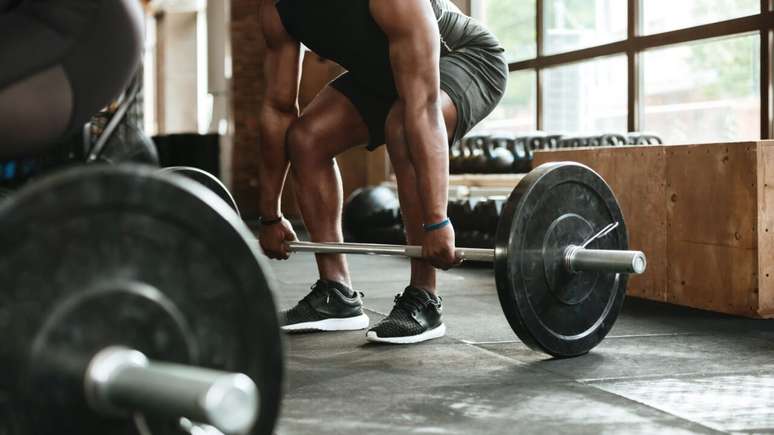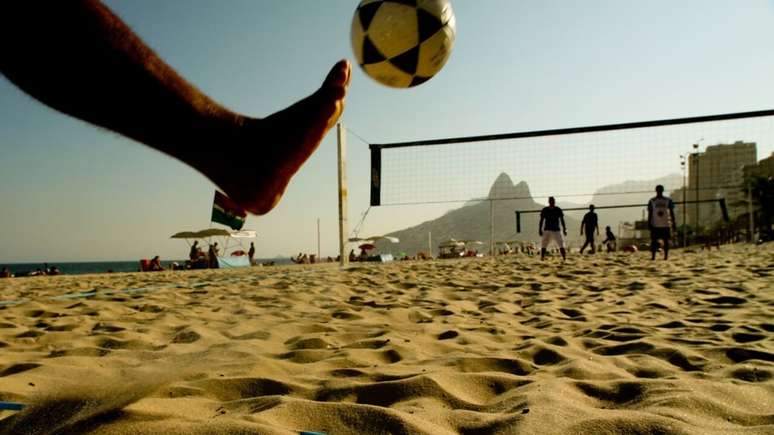According to experts, the practice of physical activity by the elderly brings physical, social and psychological benefits.
The best quality of life in third Age It is a topic that has been discussed a lot in Brazil, as the country is going through a process of population aging. According to the IBGE (Brazilian Institute of Geography and Statistics), in 2023, 15.2% of the Brazilian population will be made up of people over the age of 60. That’s over 25 million older people, many of whom are physically, socially or psychologically ill.
According to information from the institute, one of the main causes of this condition is sarcopenia, the loss of muscle mass that occurs naturally with aging: and this is where the importance of practicing physical activity in old age comes into play.
“Sarcopenia can lead to a series of health problems, such as frailty, falls, chronic diseases and even death. This is why physical activity is essential for the elderly”, underlines Marco Michelucci, sports doctor and member of the Scientific Department of Palliative care from SMCC (Medicine and Surgery Society of Campinas).
As the doctor explains, the loss of muscle mass due to aging means that older people often end up becoming dependent.
“This simple consideration would be enough to adopt daily habits of physical training, preferably resistance training, regardless of the subject’s sporting history or the age at which the program is started, since any age is the right age to start practicing physical exercises and benefit from them benefits… benefits,” he says.
And he continues: «Performance, in fact, superior to any multi-pharmacy that the company persists in adopting. We must put an end to the concept that ‘being elderly they need lots of medicines’, which exposes the elderly to unnecessary risks caused by interactions with unknown drugs and multiple adverse effects.”
Benefits of physical activity for older adults
The benefits of physical activity in old age are multiple and are not limited to physical problems, but also social and psychological ones. Below Michelucci lists the main ones:
- Prevention of sarcopenia;
- Improved muscle strength and endurance;
- Greater mobility and flexibility;
- Improved balance and motor coordination;
- Reduced risk of falls;
- Improved cardiorespiratory capacity;
- Control of blood pressure, cholesterol and blood sugar;
- Reduced risk of chronic diseases such as diabetes, hypertension, heart disease and cancer;
- Improved mental health;
- Reduction of stress, anxiety and depression;
- Improved sleep;
- Promotion of autonomy and independence.
“The benefits are proportional to the time of practice, the frequency and also the intensity. It is important to remember that we also have many social benefits when we include elderly people in dynamic activities and in groups outside their home environment, since they tend to isolate themselves and withdraw socially, with worsening of depression and loneliness”, he comments.
He points out, however, that the greatest benefit of physical activity is metabolic. “Increasing muscle mass optimizes neuroendocrine and metabolic functions, helping to control blood pressure, lipids and glycemic levels.”
How to practice physical activity in old age
The professional emphasizes that, before starting any physical activity, it is important to consult a doctor to evaluate the general state of health of the elderly person.
“In general, it is recommended that older adults do at least 150 minutes of moderate physical activity or 75 minutes of vigorous physical activity per week,” he points out.
According to him, physical activities recommended for seniors include walking, running, swimming, cycling, dancing, weight training and tai chi chuan.
“It is important that older people choose activities that are enjoyable and that suit their physical condition. Physical activity is a fundamental pillar of older people’s health and regular exercise can help prevent sarcopenia and improve quality of life and prolong life expectancy”, concludes Michelucci.
Source: Terra
Ben Stock is a lifestyle journalist and author at Gossipify. He writes about topics such as health, wellness, travel, food and home decor. He provides practical advice and inspiration to improve well-being, keeps readers up to date with latest lifestyle news and trends, known for his engaging writing style, in-depth analysis and unique perspectives.









